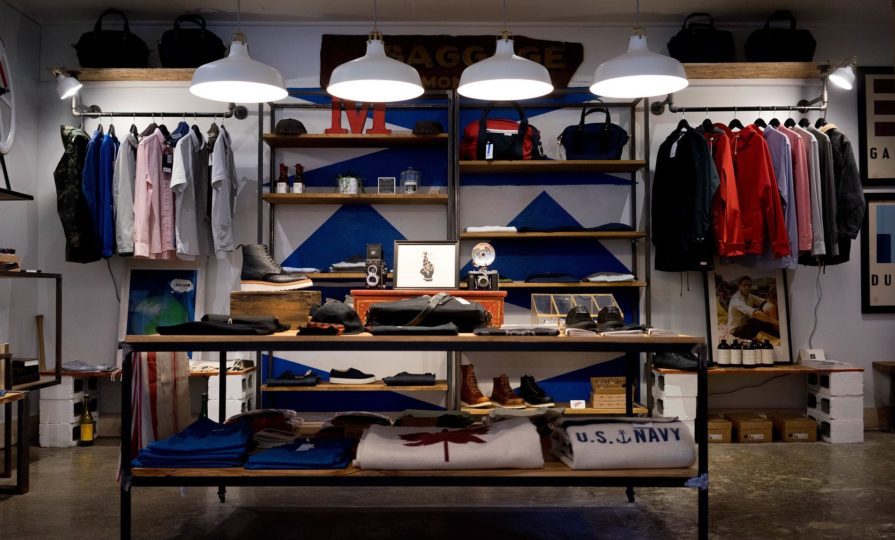How can ecommerce brands make the most of the sharing economy?

Register to get 1 free article
Reveal the article below by registering for our email newsletter.
Want unlimited access? View Plans
Already have an account? Sign in
Not so long ago, the idea of renting out our homes to strangers, leasing clothing from brands or even sharing taxis with fellow commuters would have been anathema to many. But today, thanks to the emergence of the sharing economy and the brands that have come to define this trend, such as Uber and Airbnb, these transactions are now broadly considered the norm. Increasingly, consumers are open to borrowing, rather than buying – and prioritising flexible access to services over long-term ownership.
According to the UK Sharing Economy Consumer survey, nearly two thirds of the UK population has participated in the sharing economy in some way, while 38% use sharing platforms at least once a month. Sharing economy participation is particularly prevalent among younger consumers, in July 2018, research from Warwick Business School revealed that four in five people between the ages of 18-24 regularly used peer-to-peer shopping platforms such as Etsy, eBay and Depop.
This shift in consumer behaviour and attitudes has led some to speculate on the potential negative impact of the sharing economy on traditional businesses – and this tension has already been borne out in several regulatory disputes in various countries worldwide.
But does the advent of the sharing economy really represent an existential threat to more conventional businesses, or is it an opportunity? PwC’s stance on this question was made clear in a landmark Consumer Intelligence Series report, in which the firm asserted that it may, in fact, be both: “Whatever your organisation looks like today, the sharing economy is too big an opportunity to miss – or too big a risk not to mitigate. It may sound grim, but if your business can’t figure out how to disrupt itself, someone else out there will do it for you.”
In other words, those who ignore the sharing economy do so at their peril. But, on the other hand, those who consider how to evolve their own business models in line with consumer behaviour stand to make significant gains. Here are two key ways that ecommerce businesses can adapt the ideas, structures and principles of the sharing economy to compete and thrive in the modern marketplace.
Rental and subscription models
Given that consumers have, for some time now, been increasingly deprioritising ownership of physical objects and favouring less tangible – but more cost-effective and flexible subscription services (the rise of Spotify, Netflix and other streaming services being a prime example, while the likes of HMV have slipped into decline), ecommerce businesses should be giving serious consideration to rental and subscription models.
Of course, these types of models clearly aren’t appropriate in every category, they make the most sense for companies that sell non-consumable items that are often needed on a short-term basis and can be re-used multiple times, for example homewares or cars. However, there are valuable lessons here for online retailers across almost every vertical as consumer preferences continue to skew towards temporary, rather than permanent, ownership.
In the fashion retail industry, there are a number of companies experimenting with rental services. Most notably in the US is Rent the Runway, which positions itself as the ‘modern closet’ and enables its customers to access clothing pieces from over 550 designer brands on a monthly membership/subscription basis. Meanwhile in Europe, high-end brand Filippa K champions sustainable consumption by offering its collections to rent from selected stores, giving its devotees the chance to lease products for 4 days at 20% of the full price.
Revamp organisational structures
A key hallmark of the most successful sharing economy businesses is their lack of cumbersome infrastructure and fixed assets. Airbnb has completely disrupted the holiday accommodation space despite owning no property; Uber is now the world’s most expansive taxi company but doesn’t own any vehicles. As a result, they have been able to grow and scale at remarkable speed.
To remain competitive, it’s vital that companies operating with more traditional organisational models consider how they can adopt more flexible, lower-overhead approaches. On the high street, we’re already beginning to see this as many businesses including Marks & Spencer and Homebase, reduce store numbers – whilst simultaneously doubling down on improving the customer experience both online and within their high-performing bricks and mortar branches.
By the same token, businesses will need to move away from the established practice of investing in huge offices with all functions and employees seated in-house, and instead look at outsourcing non-core competencies to specialists, and where possible, tapping into the growing on-demand workforce of freelance talent around the world to fill skills gaps, improve scalability and reduce fixed costs.
This will also become vitally important for talent retention as the needs and expectations of the workforce continue to change – with the 2018 Millennial Survey by Deloitte revealing that 43% of millennials expect to leave their job within two years; in many cases in search of more flexible freelance work that liberates them from the office and enables them to travel.
By becoming more asset-light, investing in technology and outsourced solutions that drive greater efficiency, and reviewing their business models to ensure they reflect changing consumer behaviour, traditional retailers can help to safeguard their future survival. Burying our heads in the sand and hoping this issue will go away simply isn’t an option – it’s here now.
Ed Bussey is the CEO of ecommerce Primary Content specialists, Quill.







